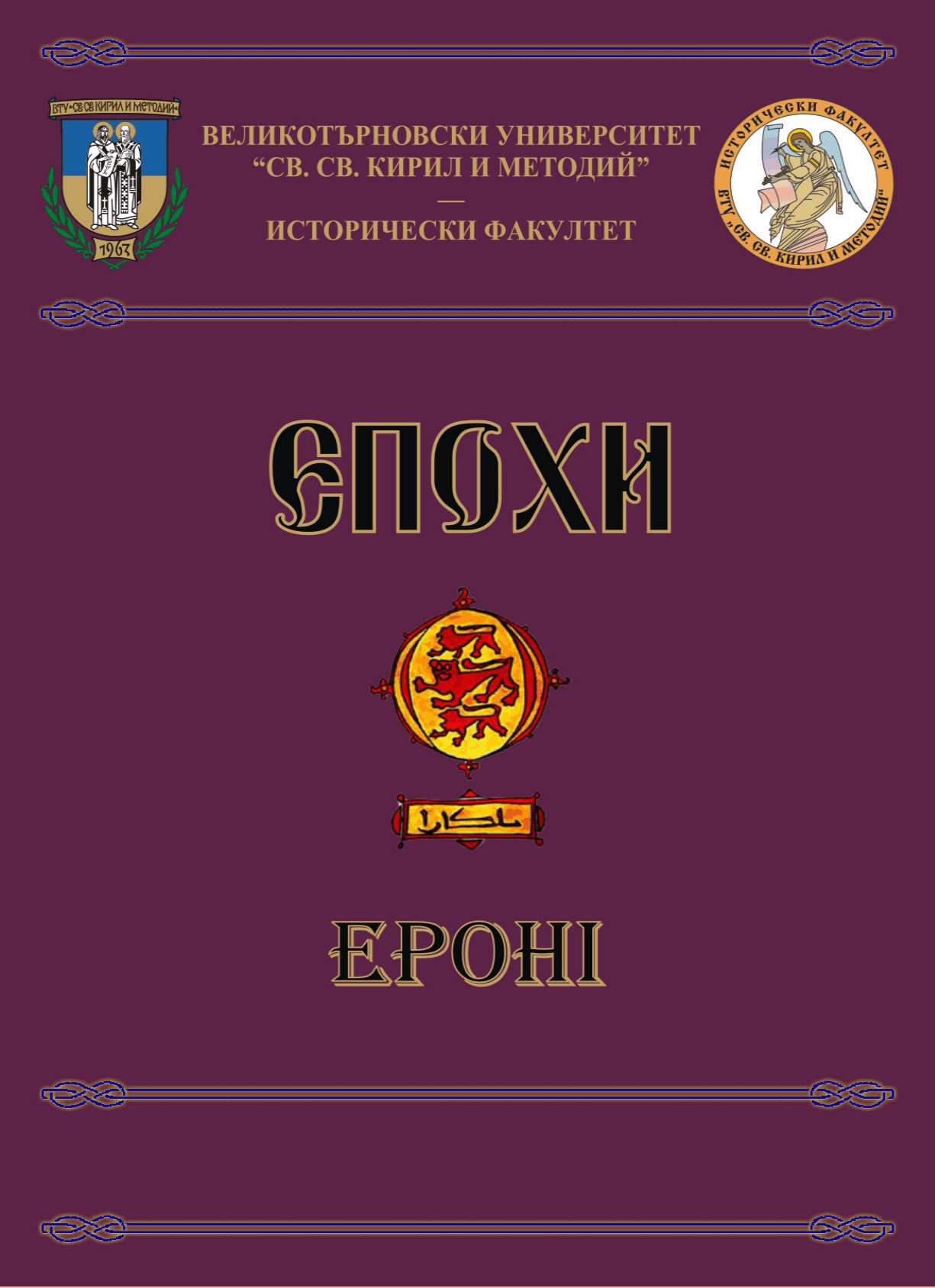Oбезщетения и наказания за причиняване на телесна повреда и смърт според „Закони на сивата гъска”
Compensations and Punishments for Causing Bodily Injury or Death According to Gray Goose Laws
Author(s): Nadezhda HristovaSubject(s): History, Law, Constitution, Jurisprudence, History of Law, Civil Law, Economic history, History of ideas, Social history, Middle Ages, 6th to 12th Centuries
Published by: Великотърновски университет „Св. св. Кирил и Методий”
Keywords: customary law; Gray Goose Laws; bodily injury; homicide; outlawry.
Summary/Abstract: This paper focuses upon the section Treatment of Homicide of the Icelandic Gray Goose Laws (Grágás) and deals with cases of murder and attempts to cause bodily injury to a person, and with the penalties inflicted for such acts. According to Grágás two were the punishments imposed for injuring or killing a person and the choice between them depended on the character and the graveness of the act. The milder punishment was the so called lesser outlawry which meant confiscation of property and exile for three years but with temporary rights of residence and passage. While abroad the perpetrator was immune from attack but could entirely lose this right in case he did not strictly obey the law. He could return to a normal life after three years. The more severe penalty was the full outlawry which meant loss of all goods, loss of status, and denial of assistance – virtually a death penalty. It was a life-long outlawry. It is stipulated in the code what is a bodily injury and an attempt is made at classifying injures. An attacked and injured person was entitled to seek for justice and to insist that lesser outlawry should be inflicted as a punishment. According to Grágás the penalty for murder was full outlawry. Besides in killing cases kindred payments were supposed to be made to members of the dead man’s family by corresponding members of the killer’s family: this atonement was legally due irrespective of the outcome of a lawsuit for the crime. The analysis of the section Treatment of Homicide of the Icelandic Gray Goose Laws shows that outlawry was the predominant penalty. The law stipulates it in most cases of injuring or murdering a person. It is difficult to tell what effect this punishment had. Undoubtedly its gravity should not be underestimated. The exiled person was lonely since he was excluded from all social contacts and was threatened by violence and death from unrelated third parties who sought to increase their own prestige by killing an outlaw. Probably such a punishment had a preventive effect upon the Icelandic society and restrained the committing of serious legal offences.
Journal: Епохи
- Issue Year: XX/2012
- Issue No: 1
- Page Range: 100-121
- Page Count: 22
- Language: Bulgarian

